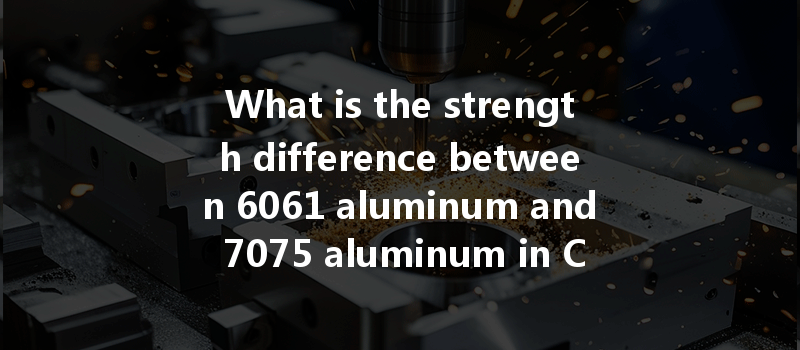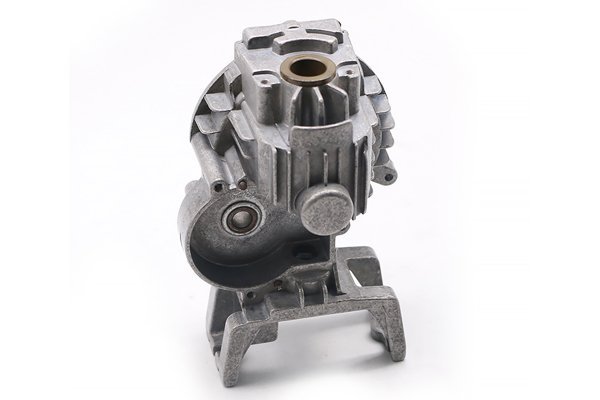Did you know that aluminum is one of the most widely used metals in the world, with over 60 million tons produced annually? Among the various aluminum alloys, 6061 and 7075 are two of the most popular choices in CNC machining applications. But what sets them apart in terms of strength, machinability, and overall performance? In this blog, we will delve deep into the differences between 6061 and 7075 aluminum, exploring their properties, applications, and the implications for CNC machining.
Understanding Aluminum Alloys
Aluminum alloys are categorized into two main groups: wrought and cast. Wrought alloys, which include 6061 and 7075, are formed through mechanical processes such as rolling and extrusion. The designation of these alloys is based on the Aluminum Association’s classification system, which includes a four-digit number indicating the primary alloying elements.
6061 Aluminum Alloy
6061 aluminum is a versatile alloy that contains magnesium and silicon as its primary alloying elements. It is known for its excellent corrosion resistance, good weldability, and moderate to high strength. The typical mechanical properties of 6061 aluminum include:
6061 is often used in applications such as structural components, marine environments, and automotive parts due to its balance of strength and workability.
7075 Aluminum Alloy
7075 aluminum, on the other hand, is a high-strength alloy primarily alloyed with zinc. It is known for its exceptional strength-to-weight ratio, making it a preferred choice in aerospace and military applications. The typical mechanical properties of 7075 aluminum include:
Due to its high strength, 7075 is often used in applications where weight savings are critical, such as aircraft structures, high-stress components, and sporting equipment.
Key Differences Between 6061 and 7075 Aluminum
The most significant difference between 6061 and 7075 aluminum is their strength. 7075 aluminum is considerably stronger than 6061, making it suitable for applications that require high strength and low weight. This difference in strength is primarily due to the alloying elements used in each alloy.
6061 aluminum is generally easier to machine than
6061 aluminum offers better corrosion resistance than
6061 aluminum is known for its excellent weldability, making it a preferred choice for applications that require welding. In contrast, 7075 aluminum is more difficult to weld due to its high zinc content, which can lead to cracking during the welding process.

Generally, 6061 aluminum is less expensive than 7075 aluminum. The cost difference can be a significant factor when selecting materials for a project, especially for large-scale production.
Applications of 6061 and 7075 Aluminum in CNC Machining
Applications of 6061 Aluminum
Applications of 7075 Aluminum
CNC Machining Considerations for 6061 and 7075 Aluminum
When machining 6061 and 7075 aluminum, several factors should be considered to ensure optimal results:
Tool Selection
Choosing the right cutting tools is crucial for machining both alloys. For 6061, high-speed steel (HSS) or carbide tools can be used effectively. For 7075, carbide tools with a sharp edge and appropriate coatings are recommended to withstand the increased wear.
Cutting Speeds and Feeds
The cutting speeds and feeds should be adjusted based on the alloy being machined. 6061 can be machined at higher speeds due to its lower strength, while 7075 may require slower speeds and higher feeds to prevent tool wear.
Coolant Use
Using the right coolant can significantly impact the machining process. For 6061, water-soluble coolants are often sufficient. However, for 7075, using a high-quality cutting fluid can help reduce heat and improve tool life.
Surface Finish
Achieving a good surface finish is essential in CNC machining. 6061 typically provides a better surface finish due to its easier machinability. For 7075, additional finishing processes may be required to achieve the desired surface quality.
In summary, the choice between 6061 and 7075 aluminum in CNC machining applications largely depends on the specific requirements of the project. While 6061 offers excellent corrosion resistance, weldability, and machinability, 7075 provides superior strength and is ideal for high-performance applications. Understanding the differences between these two alloys is crucial for making informed decisions in material selection.
As you consider your next CNC machining project, remember the importance of choosing the right aluminum alloy. The right choice can lead to improved performance, reduced costs, and enhanced product quality. Whether you opt for the versatility of 6061 or the strength of 7075, understanding their properties will help you achieve the best results in your machining endeavors.






